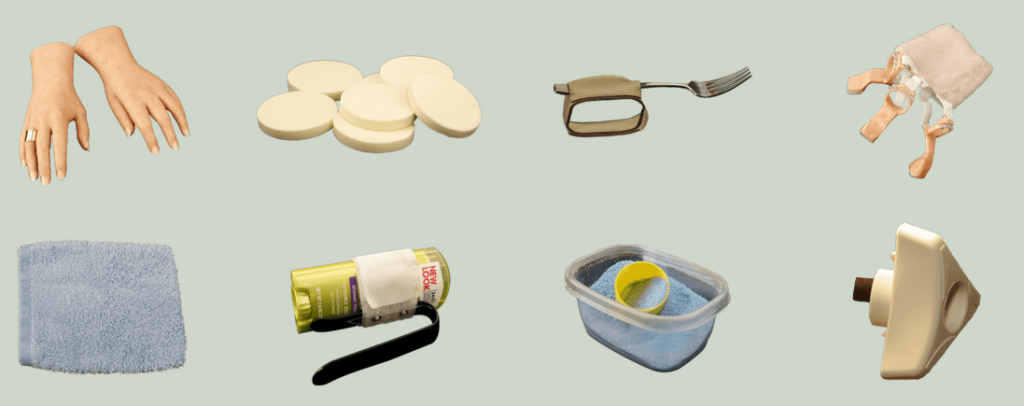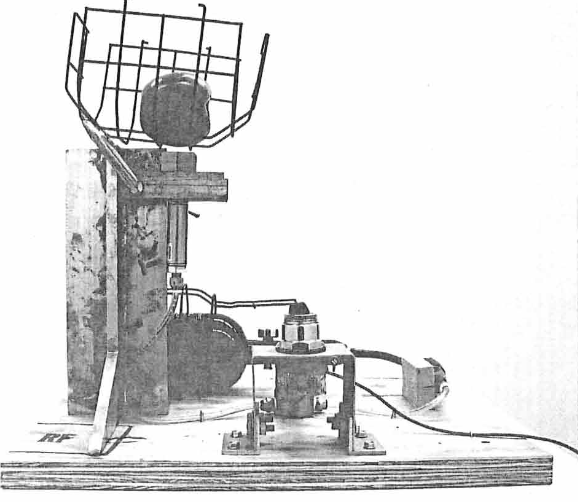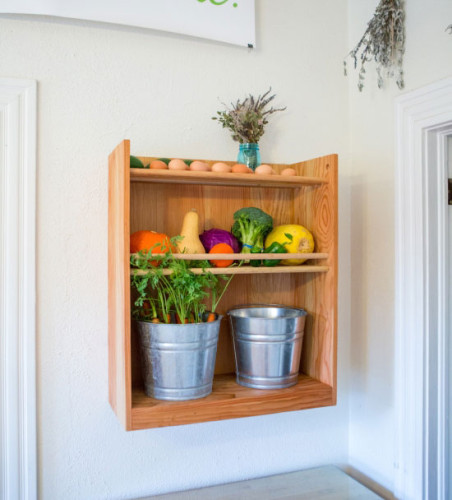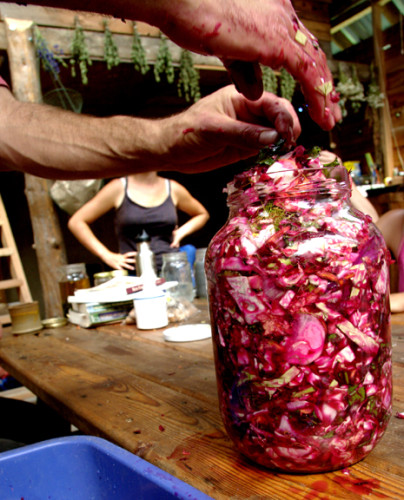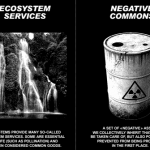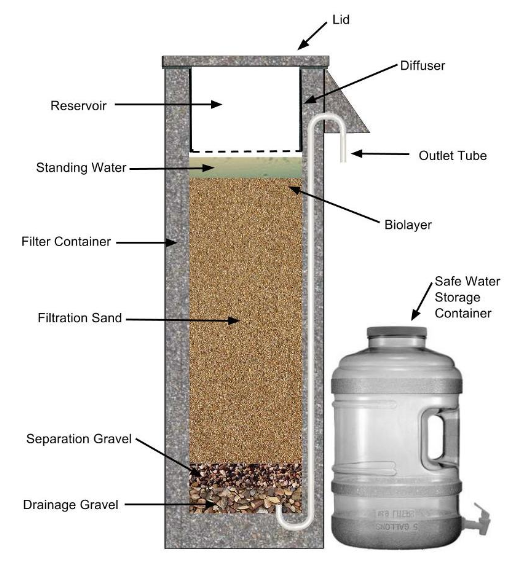 Biosand Filters use sand, gravel, and natural biological process to filter out contaminants in water, making it safe for drinking. They’re a great low-tech drinking water solution:
Biosand Filters use sand, gravel, and natural biological process to filter out contaminants in water, making it safe for drinking. They’re a great low-tech drinking water solution:
- No electricity or running parts to operate the filter
- Made with 100% locally available materials (unlike larger community based systems where foreign parts typically need to be imported)
- Labor intensive NOT capital intensive
- Very durable, can last more than 25 years if maintained properly
- Little maintenance required
- Very effective for removing bacteria, protozoa, helminths from water and reducing turbidity
The main problem with concrete biosand filters is they require a heavy, expensive steel mold to make. [Read more…]
